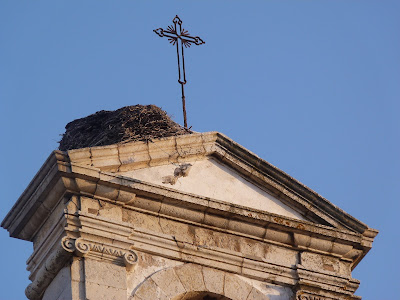Belated greetings for the festive season from waterlogged Kent...it's been all hands to the pump (literally) since the incessant rain turned to a violent storm on December 23. At a quarter to midnight, friends in the village knocked on our door to say that we might want to move our car to higher ground as the water level was rising fast. It was then about six inches deep on our spot on the village high street.
By midnight I had had a light bulb moment, and was unblocking a drain grill in the road with a mop handle, wind howling all around, rain still lashing down. The water had already flowed into the next door property (only just refurbished) and when I went inside to find some spare wellies for our new neighbour, I found our basement had started to flood. A not-so-comical interlude followed in which The Panto King and I locked ourselves out and had to scream up to daughter on the top floor (sleeping through it all, as only teenagers can) to open the front door. But at least the drain was flowing again, swirling like a giant plughole.
I will draw a veil of the hours of mopping as we fought to keep the water away from our new wooden kitchen, though we had a stream into the dining room. Eventually, we were down to one persistent trickle of water coming into the passage outside the dining room. So, I sat there in front of it, mop and towels in hand, stemming the flow until 4.30am on Christmas Eve, until I was certain our flood defences would hold and our efforts would not be in vain.
But by 9am, the road was flooding again, but on the other side. I rushed out with trusty mop handle to try to find the drain across the way. But the water was too deep. Soon several of our other great neighbours were out helping, trying to find the drain and keep the water under control, but our village is in a deep valley, where the Medway and Eden rivers converge, and we soon realised that water was flowing down from a large sodden hill; all we could do was direct it into the one cleared drain.
Meanwhile, cars were finding the village a dead end, as the roads in and out were impassable, except for a few of the back ways. The current across here - the Medway is a tidal river - was quite frightening. On the left, the hedge and fence have disappeared.
And there was another important issue many of us were facing: the Great Christmas Eve Turkey Crisis. Many of us order our turkeys from the local farm shops, to be collected on Christmas Eve, and now there were large volumes of water between us and our free range Norfolk Blacks. As we looked up from our labours, there were striken expressions on the drivers of vehicles that had had to turn round (mostly because they'd ignored our warnings - amazing how people think that because they drive a 4x4 hazards don't apply to them). Eventually, Rob managed to collect our bird, only a couple of miles up the hill shown here, but the subject of a twenty-mile round trip.
Still, by the evening we were drying out inside, the turkey was stuffed, and the drinks party next door was fired by Christmas spirit. Battered and exhausted we may have been, but it was a timely reminder that we have a fantastic village community here. It was a Merry Christmas among friends after all, and we counted our blessings as we heard that Edenbridge to the west, and Tonbridge and Maidstone to the east (and towns and villages all over the south of England) were underwater after the rivers broke their banks there too.







.JPG)














.jpg)






























